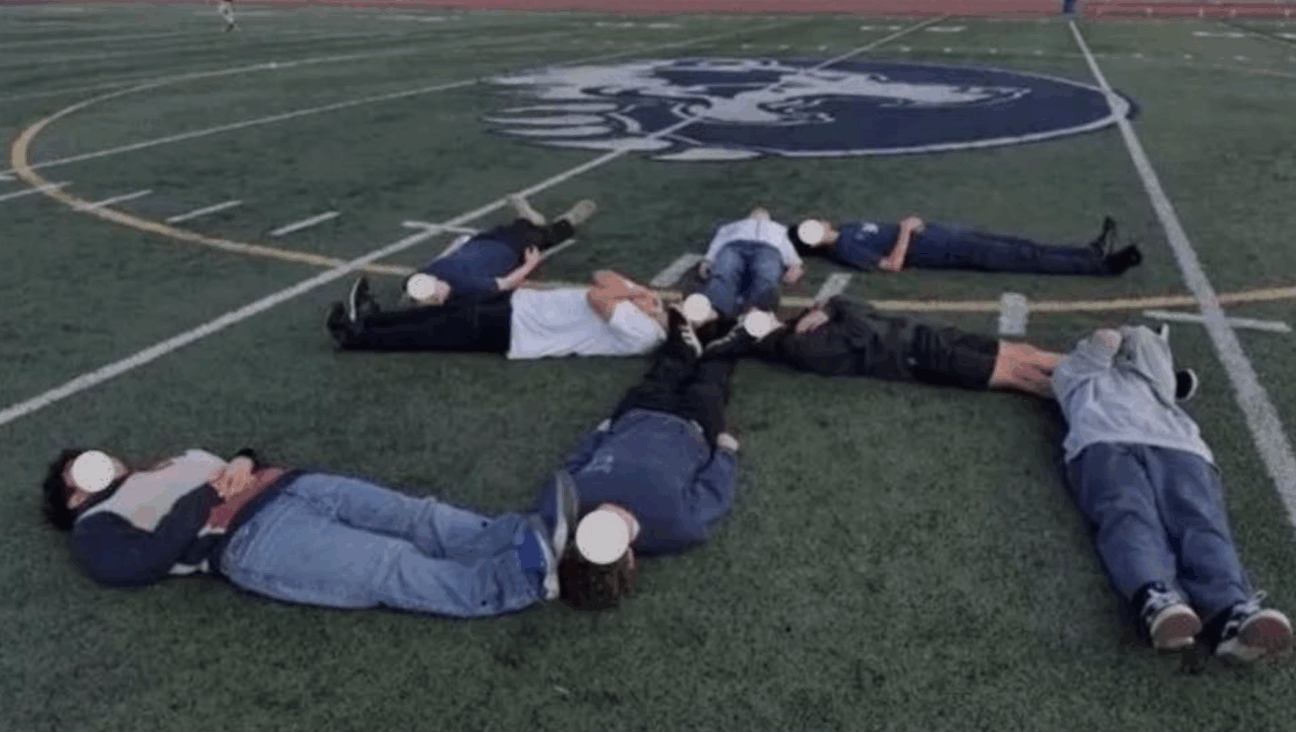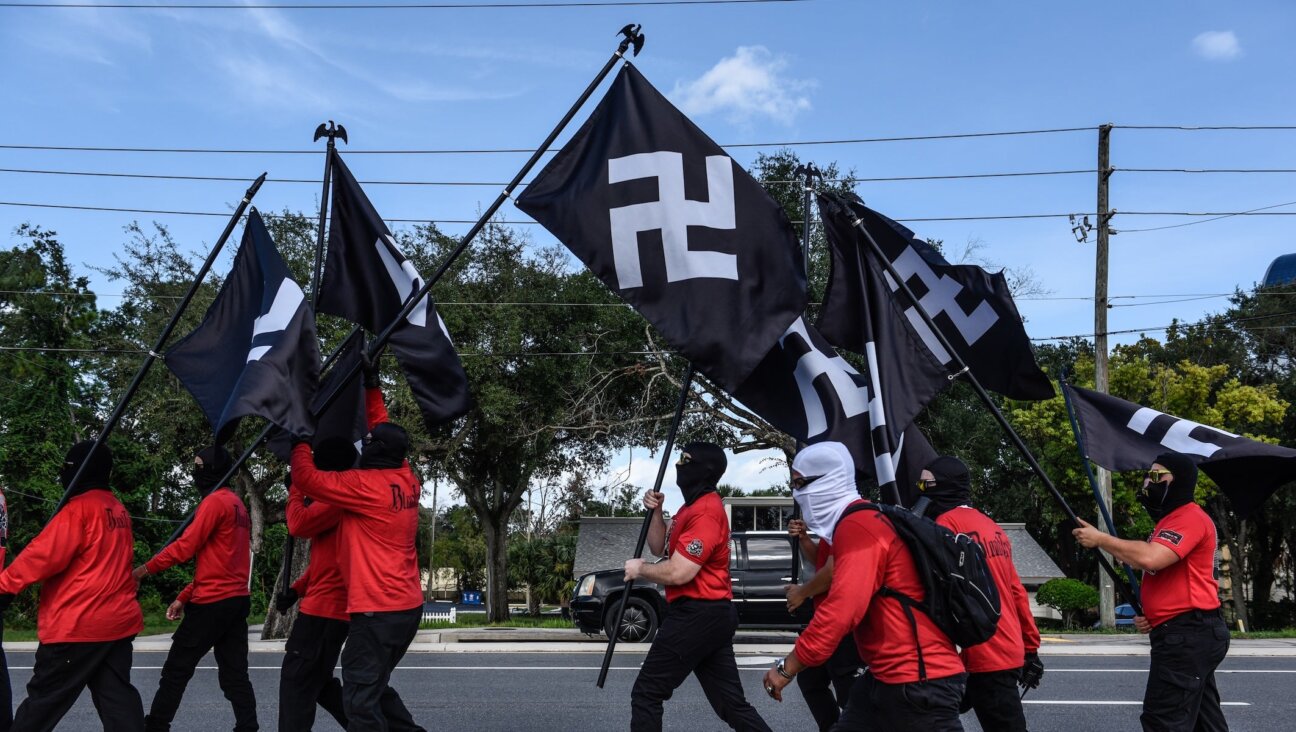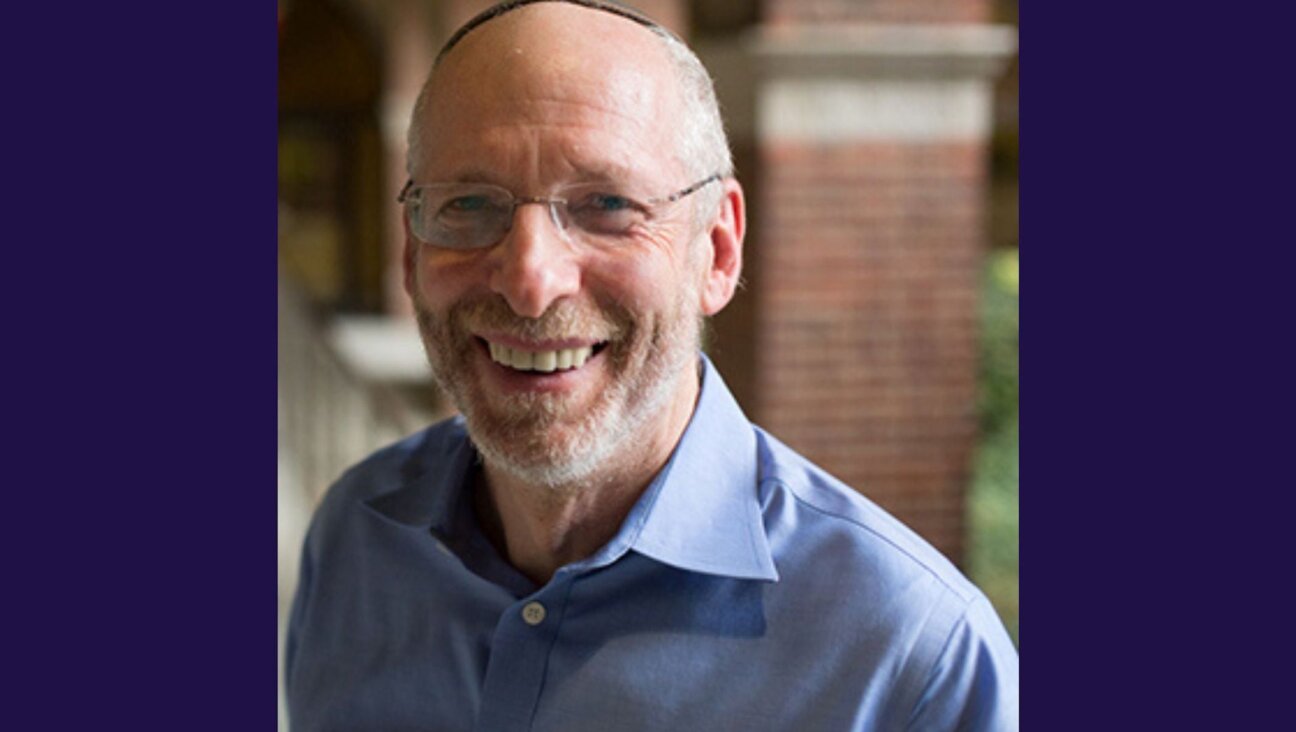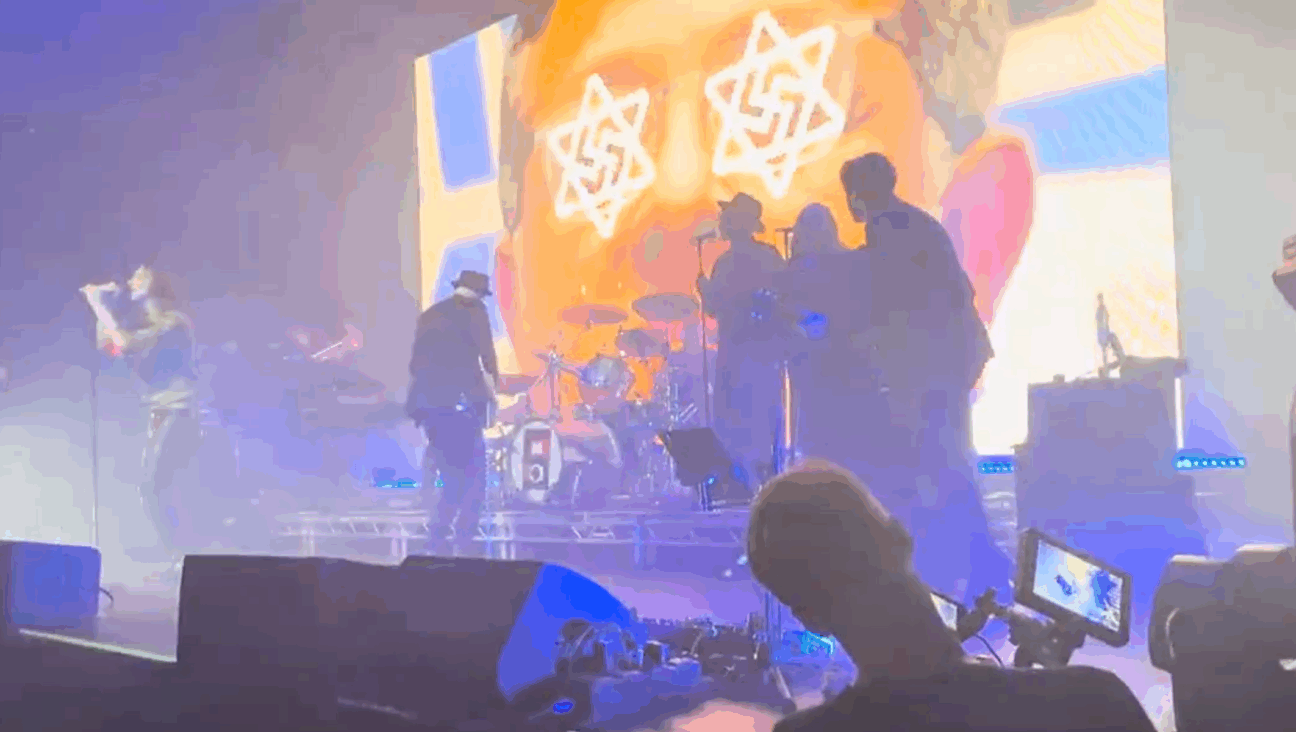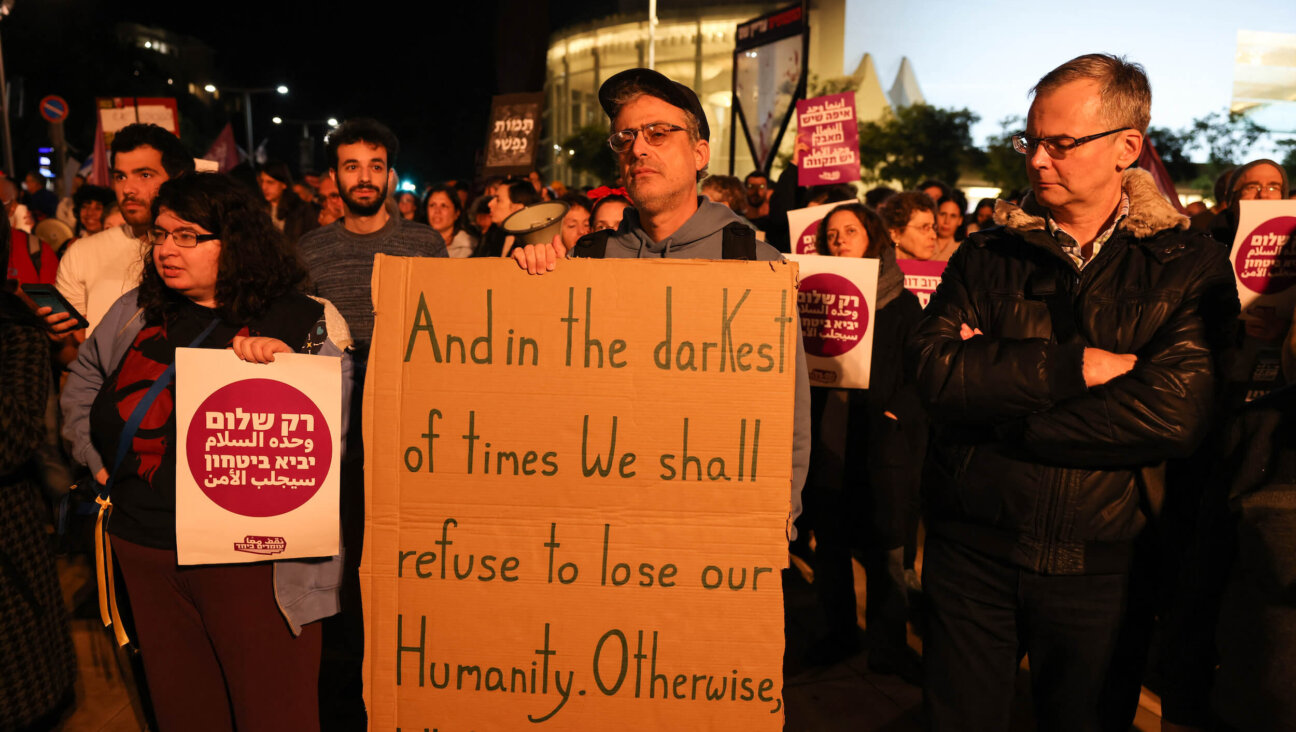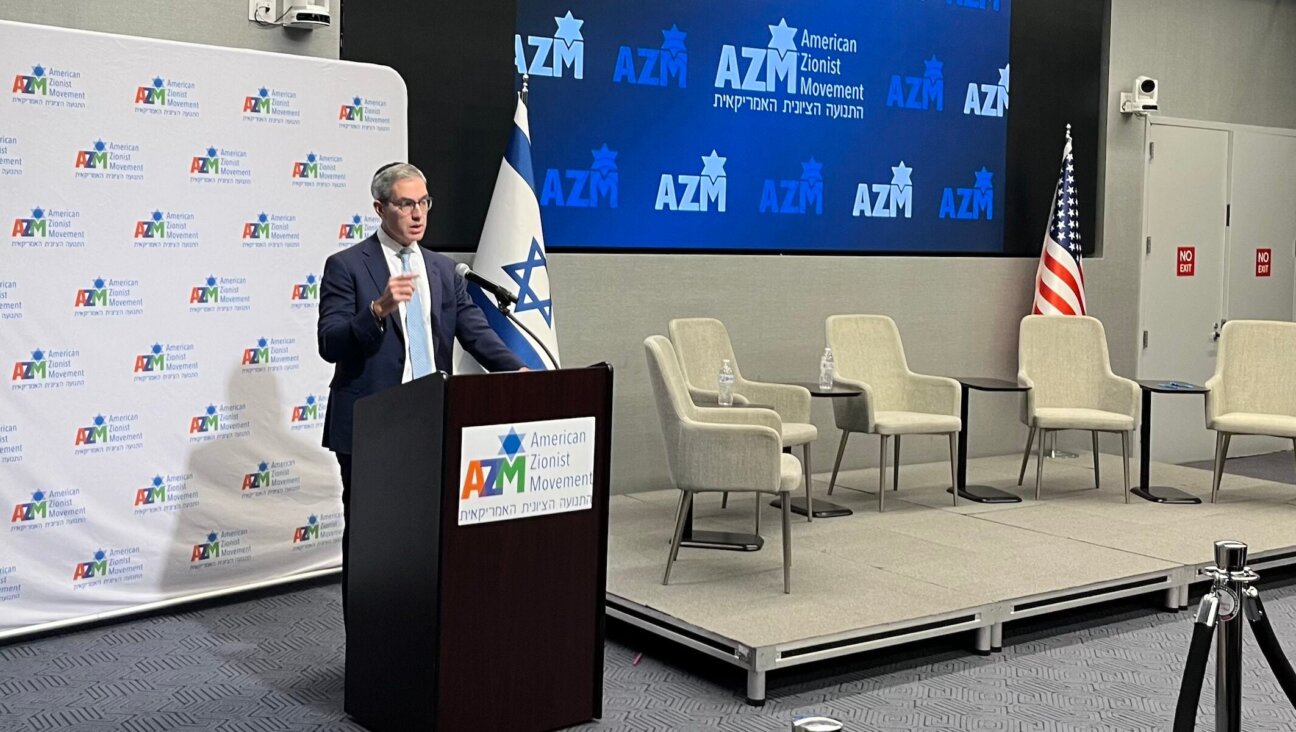A Procession of ‘Shirtwaists’
A few hundred marchers assembled this morning at Union Square in New York City, preparing for a solemn procession to the site of the Triangle Shirtwaist factory, where 146 young immigrants perished in a fire 100 years ago today.
For many years, the Triangle fire was the worst industrial accident in New York City.
The marchers came from many walks of life – unionists, performance artists, teachers, descendants of those who died as well as those whose ancestors survived the fire — and from as far away as Salt Lake City and Chicago.
Most striking were 146 handmade shirtwaists or blouses that were attached to bamboo poles and held high in the air, dancing in the wind on a cold but sunny Friday.
As the marchers gathered, one person blew a shofar and others sang Italian peasant songs, tributes to the mostly Jewish and Italian workers, some as young as 14, who died when the flames consumed the upper three stories of the 10-story former Asch Building at Washington Place and Green Street, just off Washington Square.
Teacher Kimberly Schiller brought 12 of her eighth-grade students from Finley Middle School in Huntington on Long Island.
Some family members bore witness by carrying signs with photos of their relatives and their names printed on them.
Among the many union signs on display were those tying the Triangle tragedy to the current problems with workplace safety in garment factories in Bangladesh. One banner read: “We support the Bangladesh Center for Workers Solidarity, a labor organization fighting sweatshop conditions in those factories today.
Another sign read: “ No Sweatshop Economy.”
The marchers planned to head to Washington Square and join the crowd for the official 100th anniversary commemoration that begins at noon. Bruce Raynor, president of Workers United/SEIU, will emcee the proceedings, joined by Hilda L. Solis, U.S. secretary of Labor; New York City Mayor Michael Bloomberg, and actor Danny Glover, a longtime supporter of the labor movement.
For the first time this year, all 146 names of the victims will be read. The last six, who had been unknown for 100 years, were recently identified.
The commemoration in New York City is the largest of dozens of events around the nation that are taking place today, or have taken placed during the month, to pay tribute to those who died and to try to galvanize support for workers’ struggles today.
